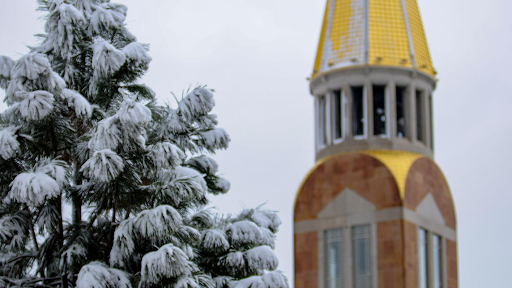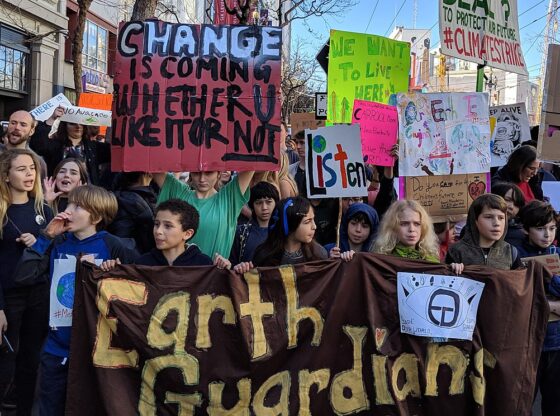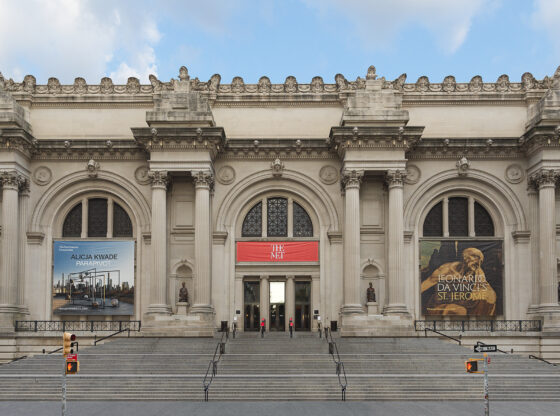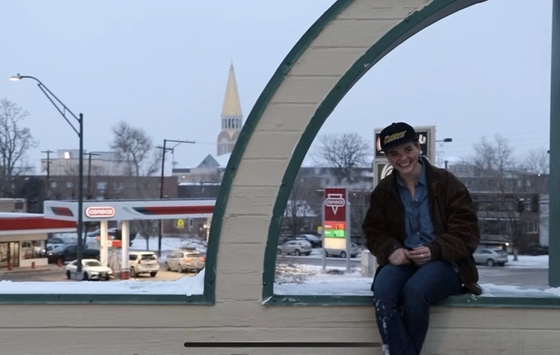DU is making efforts to improve sustainability practices. As part of a writing class, students are researching different aspects of our campus to determine where sustainability can be improved.
Melissa Tedrowe, a lecturer in the University Writing Program, teaches several sections of the WRIT 1133: Writing and Research course to first-year students. Her students are currently researching food and sustainability, waste, curriculum, purchasing, trees, turf (grass) and energy. Students research each topic by talking to DU officials, faculty and staff in order to get the inside scoop.
“Students are getting to know different research and writing traditions by doing real, hands-on projects for the Center for Sustainability on campus,” said Tedrowe.
Their research and findings are part of the campus snapshot, created by Chad King, university sustainability coordinator. The snapshot is an evaluation of current sustainability at DU and is attempting to help decrease DU’s carbon footprint.
“We are doing a major assessment of our current sustainability efforts. As a part of this, we are looking at programs, organizations and general campus practices, as well as quantifying our efforts wherever we can,” said King. “This includes doing waste audits, interviewing employees and students across campus about sustainability practices, as well as quantifying campus food purchases in categories such as local and organic. There is a lot of data to be gathered and the students are making great contributions to this effort.”
Riley Swanson, a freshman enrolled in Tedrowe’s WRIT class from Portland, Ore. with plans to major in environmental science, worked on a project focused on sustainable alternatives to the grass on campus.
“Most of the landscaping on campus involves turf, and we use Kentucky bluegrass which requires more water compared to other kinds,” said Swanson. She also said that Denver Water told DU to cut its water usage.
“We’ve been trying to see how the student body feels about alternatives to all of the unnecessary areas of high water consumption green on campus,” said Swanson.
In order to gauge this, the group asked students to take a survey. It asked students opinion on more sustainable turf options on campus, how sustainable they were individually and if DU should have more sustainable practices overall, according to Swanson.
“I, for one, was surprised by the findings,” said Swanson. “The feedback we received was surprisingly positive, most students thought that DU should be more sustainable and argued that as long as the campus was aesthetically pleasing, it didn’t matter if the landscaping was traditional grass or a more sustainable option.”
According to Swanson, the group has not finalized their proposal for more sustainable options to the grass on campus but they are looking at other forms of landscaping that don’t require as much water and maintenance.
“The focus is what plants and grasses will work best in the soil, climate and low water-use while still feeding into the need for an attractive campus,” said Swanson.
With the help of students and faculty, DU’s sustainability efforts are off on the right foot, but there is room to grow, according to King.
“We have a good start on sustainability efforts, and are rated highly overall by many green campus rankings, but we have clear potential for improvement in many areas as we move towards our overall goal of carbon neutrality by 2050,” said King.
Carbon neutrality is the efforts taken to remove as much carbon dioxide from the atmosphere as DU is putting in it as a way to eliminate our carbon footprint.
For this to happen, each student, faculty member and staff member will have to play their part, according to King. He recommends that the DU community turns off lights when they leave a room, turn off electronics and the power strip they are connected to at night and use a bike, walk, carpool or use public transportation.











